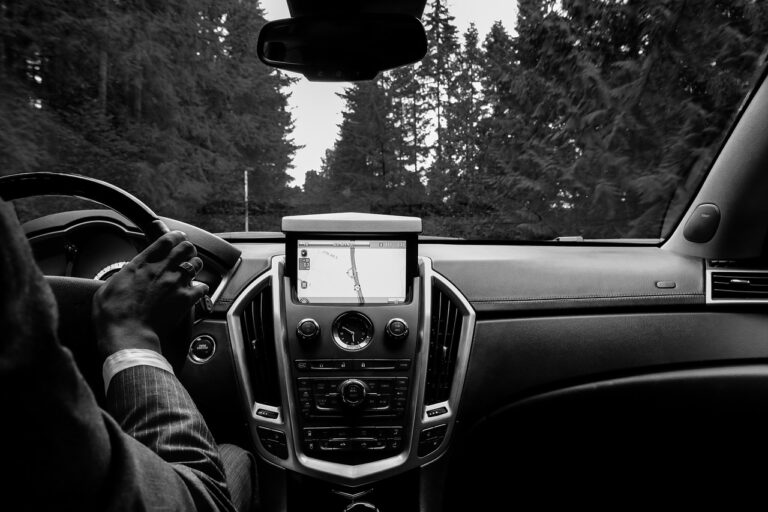The Role of Machine Learning in Autonomous Vehicle Navigation
Autonomous vehicles, also known as self-driving cars, are a revolutionary technology that has the potential to transform the future of transportation. These vehicles are equipped with advanced sensors, cameras, and artificial intelligence algorithms that allow them to navigate and make decisions on the road without human intervention.
One of the key components of autonomous vehicles is their ability to communicate with other vehicles and infrastructure through a technology called Vehicle-to-Everything (V2X) communication. This enables the vehicles to share important data such as traffic conditions, road hazards, and their intended movements, making the driving experience safer and more efficient for everyone on the road.
The Evolution of Navigation Technology
Navigation technology has come a long way since its inception. What started as simple maps and compasses has evolved into complex GPS systems that can pinpoint locations with remarkable accuracy. The integration of satellite technology into navigation tools has revolutionized how we find our way from point A to point B, making travel more efficient and convenient for people around the world.
One significant development in navigation technology is the rise of autonomous vehicles. These self-driving cars rely heavily on advanced navigation systems to navigate roads and reach destinations safely. With the help of sophisticated sensors and mapping software, autonomous vehicles are able to operate independently, marking a new era in transportation technology.
What are the basics of autonomous vehicles?
Autonomous vehicles are vehicles that can navigate and drive themselves without human input. They use a combination of sensors, cameras, and artificial intelligence to perceive their surroundings and make decisions on where to go.
How has navigation technology evolved over time?
Navigation technology has evolved from simple maps and compasses to more advanced systems like GPS, which uses satellites to pinpoint location. The latest advancements in navigation technology include Lidar and radar sensors for more precise mapping and obstacle detection.
How do autonomous vehicles use navigation technology?
Autonomous vehicles use a combination of GPS, cameras, Lidar, radar, and artificial intelligence to navigate roads and make decisions in real-time. These technologies work together to help the vehicle understand its surroundings and safely reach its destination.
What are some challenges faced by navigation technology in autonomous vehicles?
Some challenges faced by navigation technology in autonomous vehicles include accurately mapping complex environments, dealing with unpredictable road conditions, and ensuring the safety of passengers and pedestrians. Continued research and development are needed to overcome these challenges.





